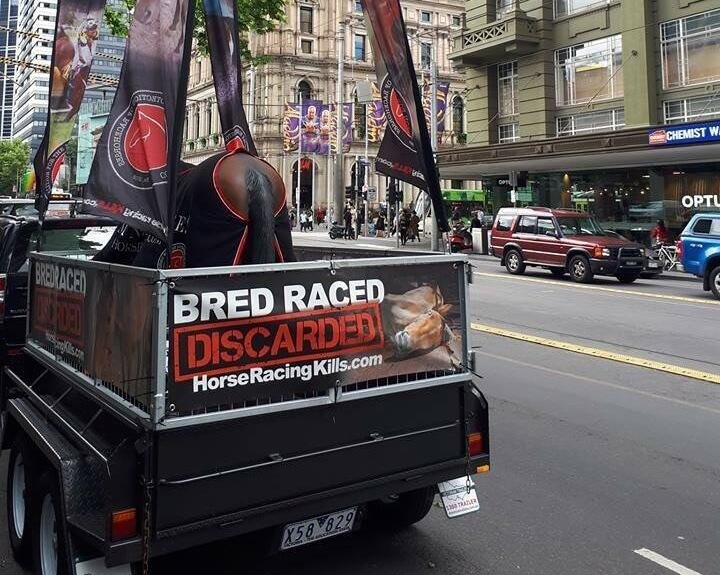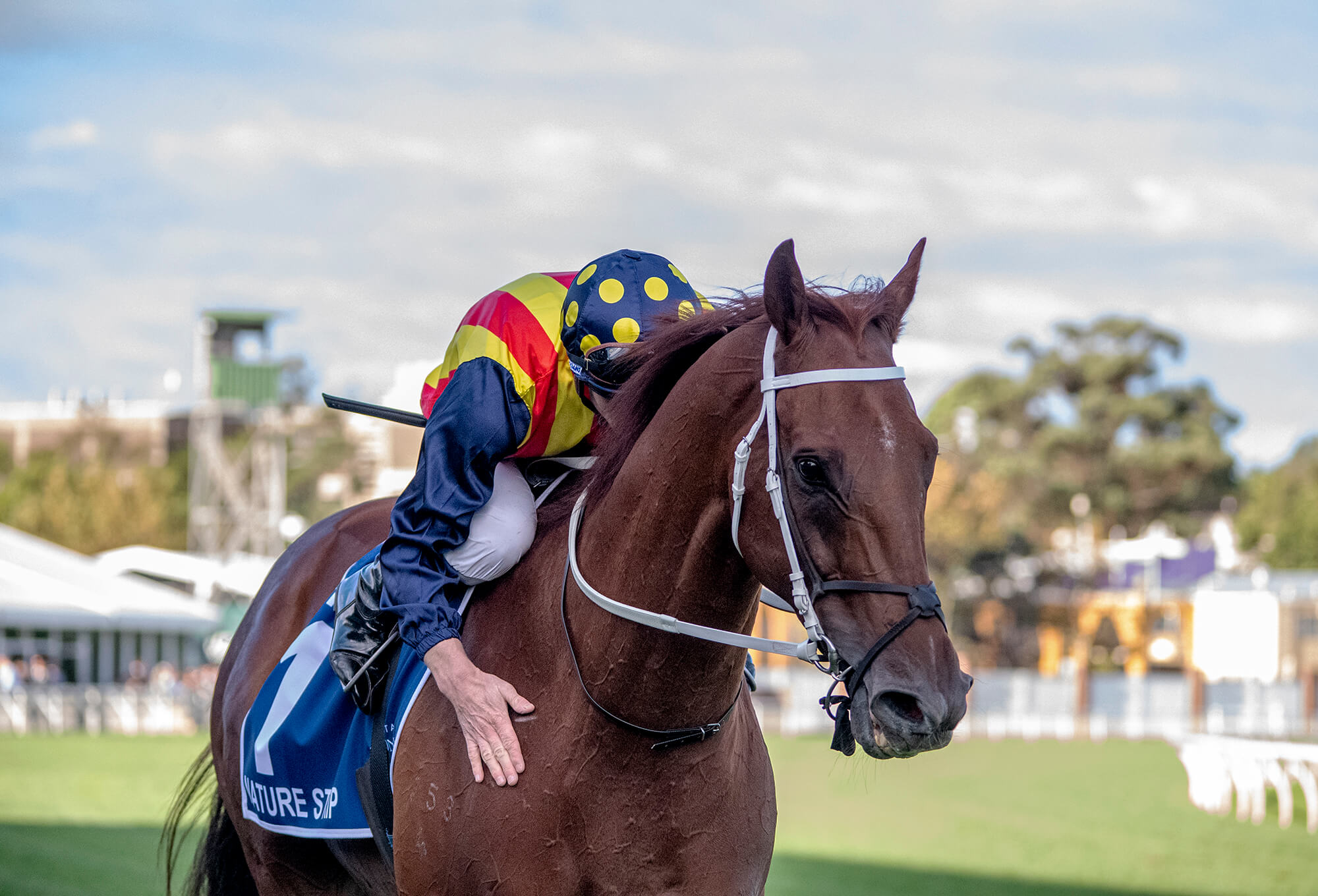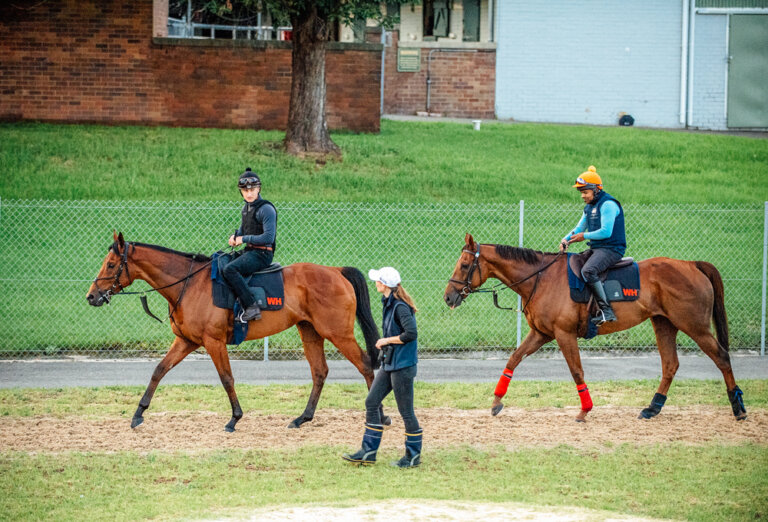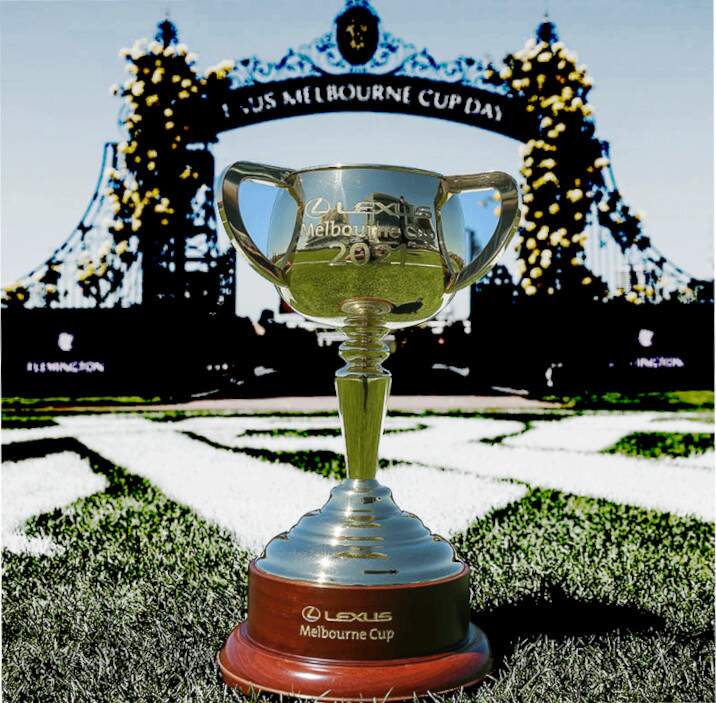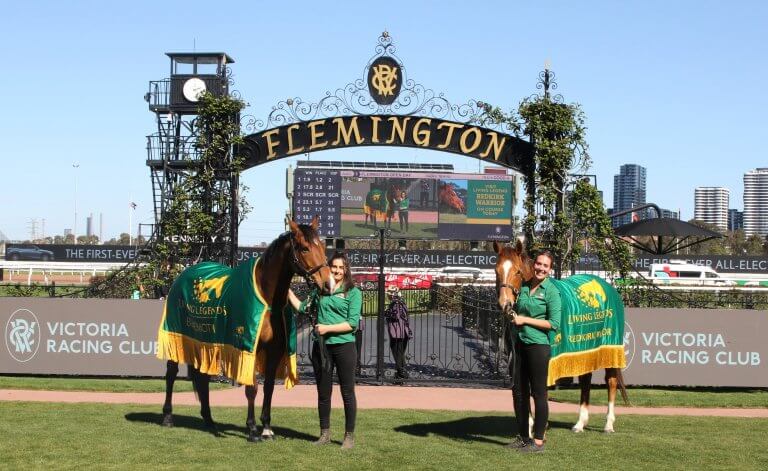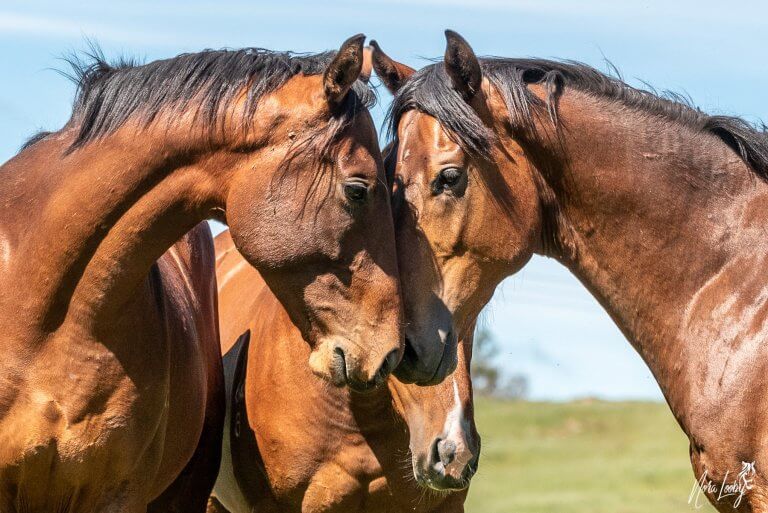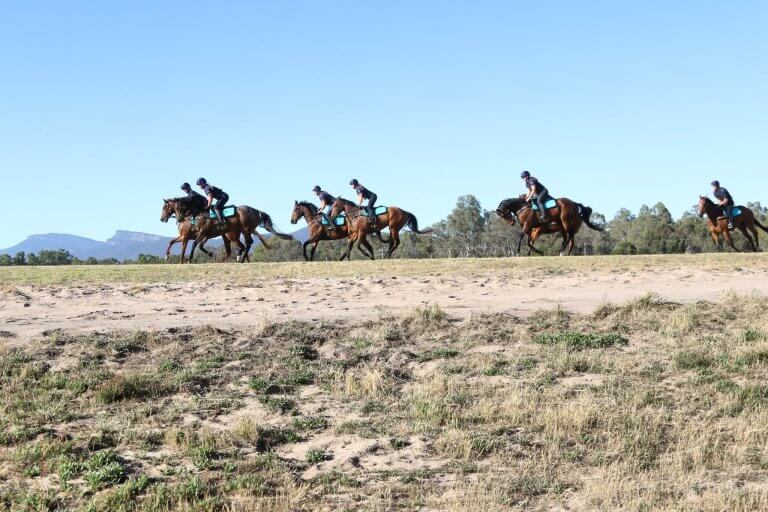Horseracing is a hot topic on social media, but why did horseracing become controversial?
It’s nothing new
Think horseracing is elitist and morally corrupt? Oliver Cromwell would agree with you. In 1654, Cromwell banned horse racing because it represented the excesses and sins of the Royal Family. The same Royal Family that he’d just overthrown in the English Civil War.
When Cromwell died in 1658, King Charles II was returned to the throne. Horse racing started again, at first informally, but by 1791, the first General Stud Book (recording the breeding of racehorses) was published in England and formal sets of rules had been implemented.
Today, teenagers drag race each other in their cars. Before cars were invented, people raced each other on their horses. In every culture where horses and humans interact in history, we see informal horse racing. Formal horse racing in England started when the aristocracy wanted to show they were superior to their peers by having the best bloodstock. At first, they rode their own horses in one-versus-one match races, then they employed the best riders to ride the best horses, and the contests became more formal.
Everyone else began to bet on the outcomes; if you couldn’t afford a fast horse, you could still get involved.
In Australia, this history of pitting your own horse against another really took off in the Great Depression. Australia had an established Thoroughbred racing system, run by the major clubs, but we also had a pony racing circuit. Anyone could bring their riding pony or milk cart horse or working horse to a track and race against other working horses. It was the teenage car drag races of the 1930s and a hotbed of scandal and crime; by design because the established system had a lot of rules and the pony circuit allowed savvy horse people to compete and win without those pesky rules of proper horse racing.
Informal versions of racing didn’t last because technology changed. By WWII most-horse drawn carts had been replaced with trucks, and people were driving cars.
Urbanisation
Leaping forward to today, 86.5% of Australians live in an urban environment. In 2021, there were 20.1 million registered motor vehicles in Australia, and by contrast, only around 1 million horses (of all breeds). People just don’t spend time with horses anymore. They aren’t familiar with them or their needs.
The days when everyone had a pony are long gone. But gone also is the notion that horse racing is rich people proving they have the best horses. Horse ownership now involves large syndicates of people from all walks of life who enjoy their connection to a thoroughbred athlete – around one in every 276 Australians are racehorse owners. The rich still have horses, but their horses often get beaten by a horse with a hundred owners. After all, horses don’t know what they cost, they run with their hearts.
But now, horse racing has a new controversy.
Welfare
When most of the public have never ridden a horse it becomes quite easy to convince them of cruelty through the use of clever video editing and outrageous false posts. How does anyone know what is true when they have no experience with horses?
But why horse racing? What happened?
The organisations that promote the idea that horse racing is bad or cruel feel that all animals should live free of human intervention. At their core, groups like PETA, CPR and Animals Australia believe that humans and animals are equal and we shouldn’t eat them, or have them as pets, or intervene in any way with them.
When it comes to attention over welfare, horse racing is a victim of its own success. Evidently popular, it’s by far the most-watched sport involving animals and therefore attracts the most attention from animal rights campaigners.
You don’t see protestors lining up outside show-jumping events, or haranguing kids at Pony Clubs around the country – or interrupting Riding for the Disabled sessions.
Those claiming horse racing is cruel find plenty of ‘evidence’ upon which to hang their false claims because there’s so much horse racing happening and so few see the reality of how the horses are treated behind closed doors (which is something Kick Up is actively addressing).
That said, you cannot argue that protest action around the Melbourne Cup in recent years has been based on false assumptions about racing. As we highlighted in this blog, the rate of fatal injuries in recent years of the Melbourne Cup has been 48x the regular rate in Australian racing.
So, racing ‘copped it’ – and for good reason. But maybe this is just what racing needed. It was subsequently identified that international Cup runners were at an abnormal risk of injury, and stringent veterinary screening protocols are now in place, with positive effects likely to ripple through the entire industry in time.
Still, this doesn’t mean that protestors can be trusted to project the inner workings of the industry. After all, if you knew the first thing about horses, would you put a rug on back-to-front?
